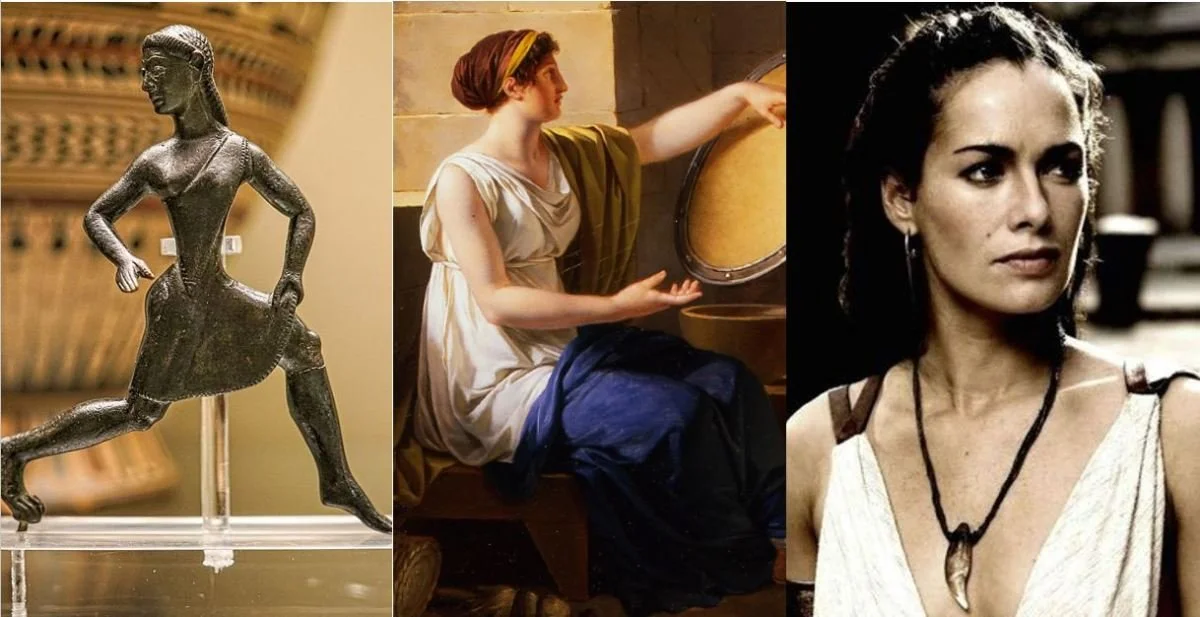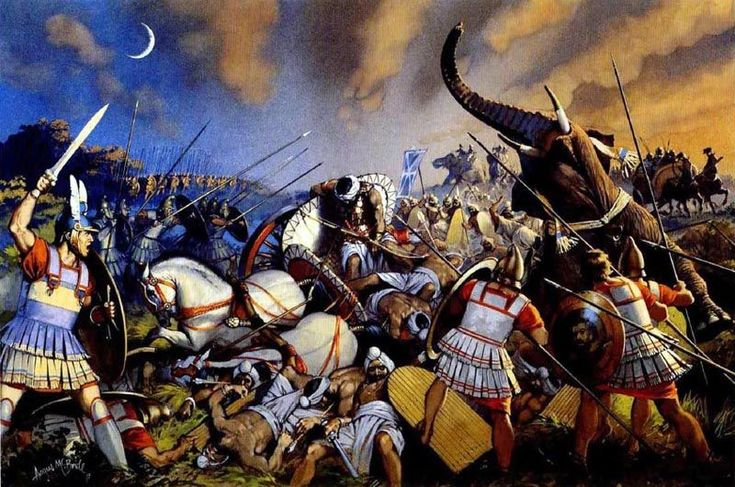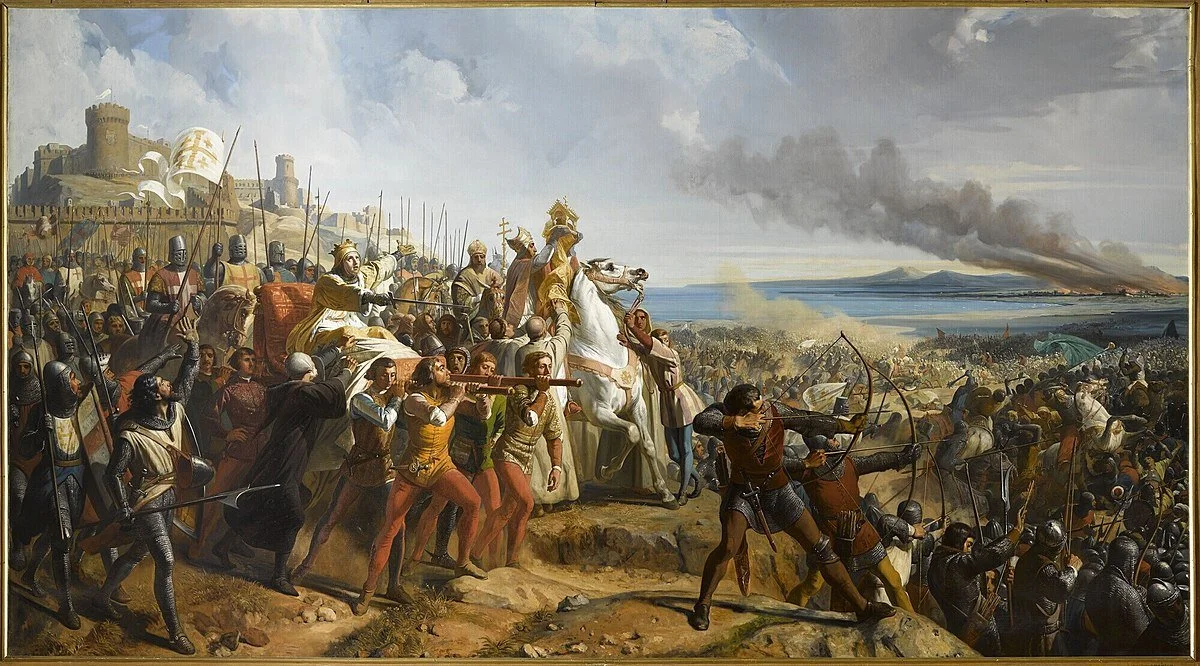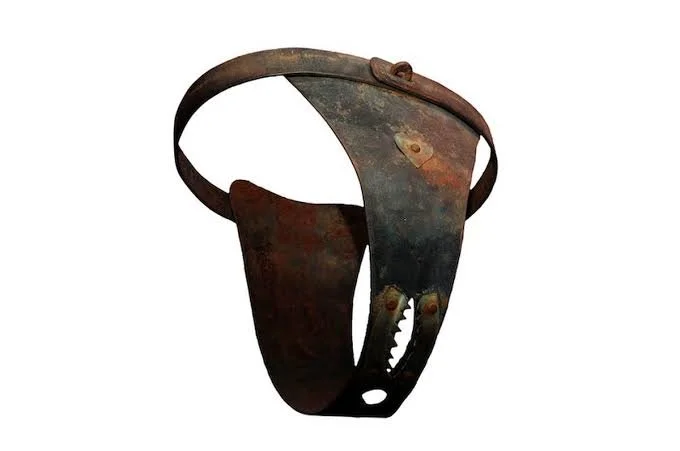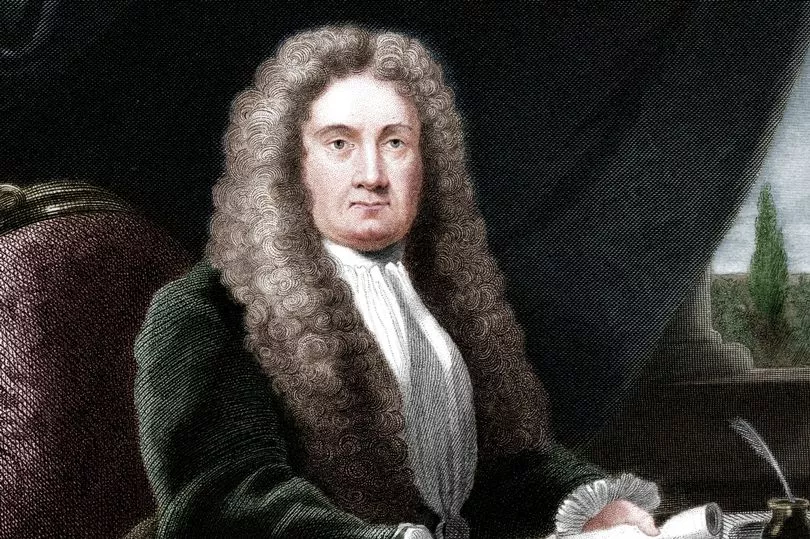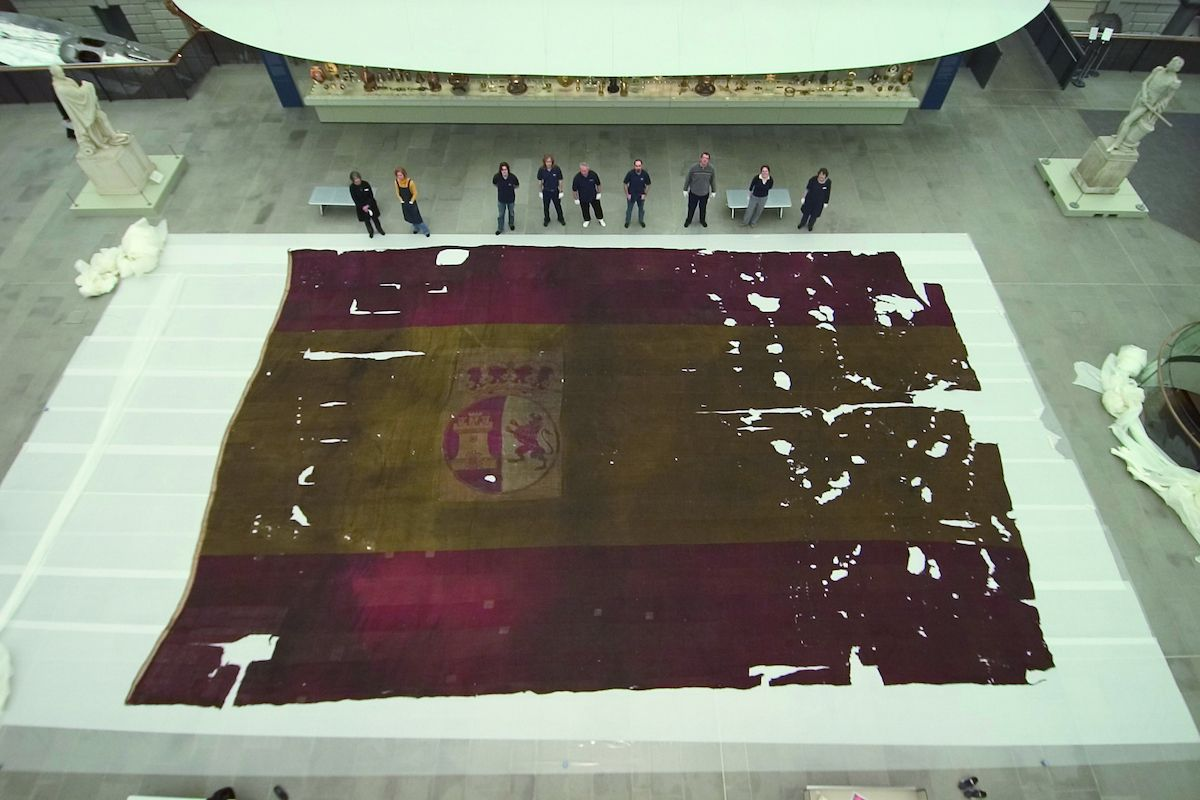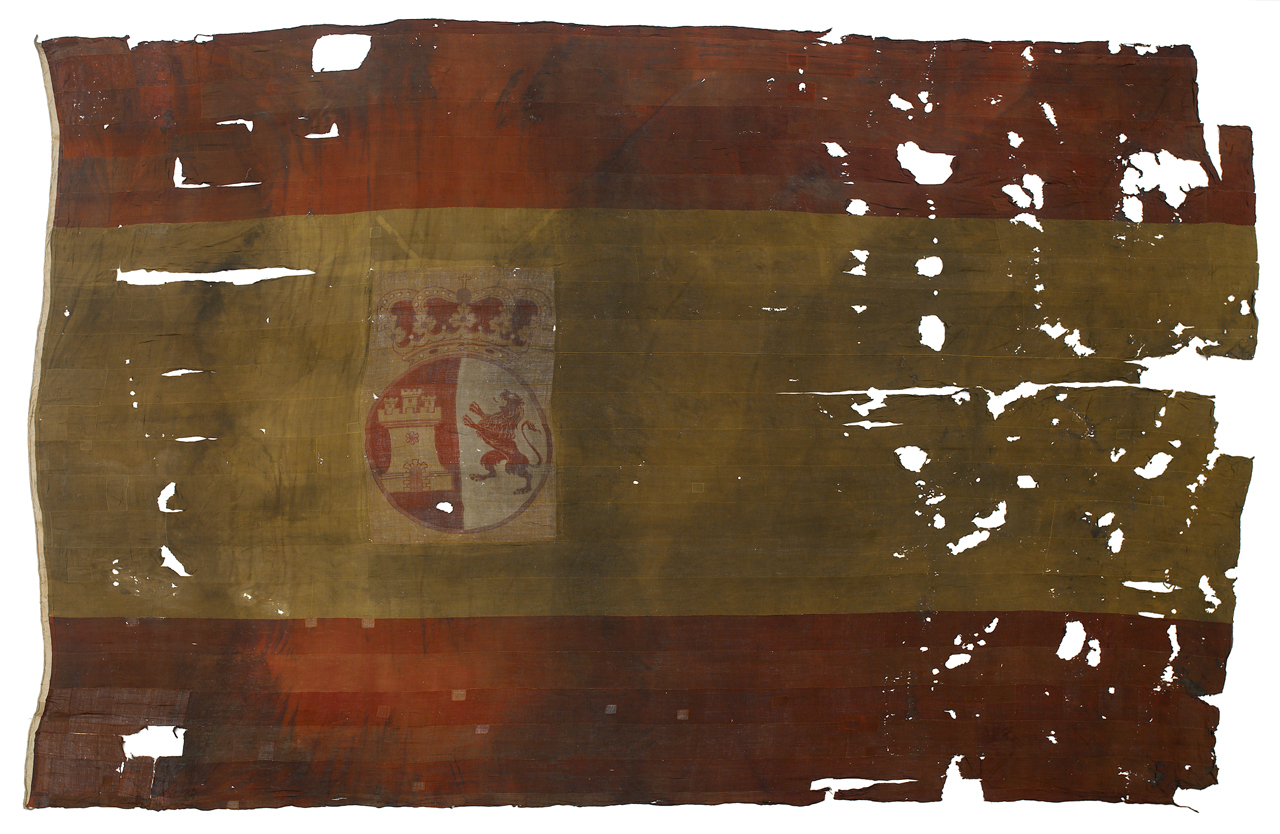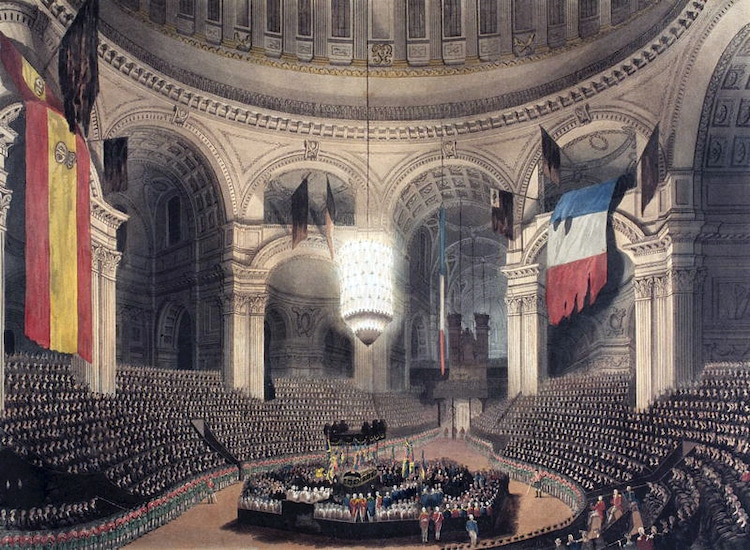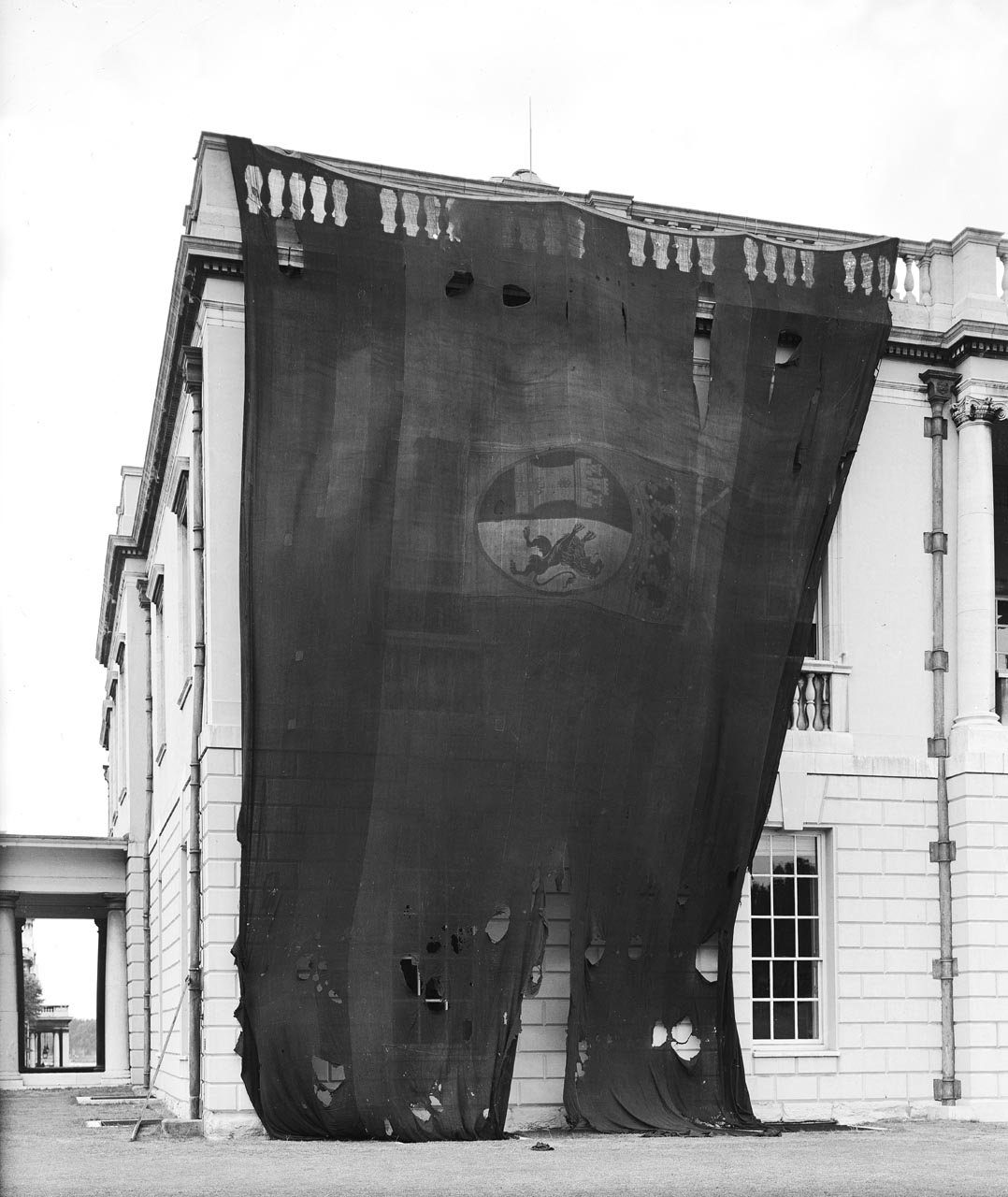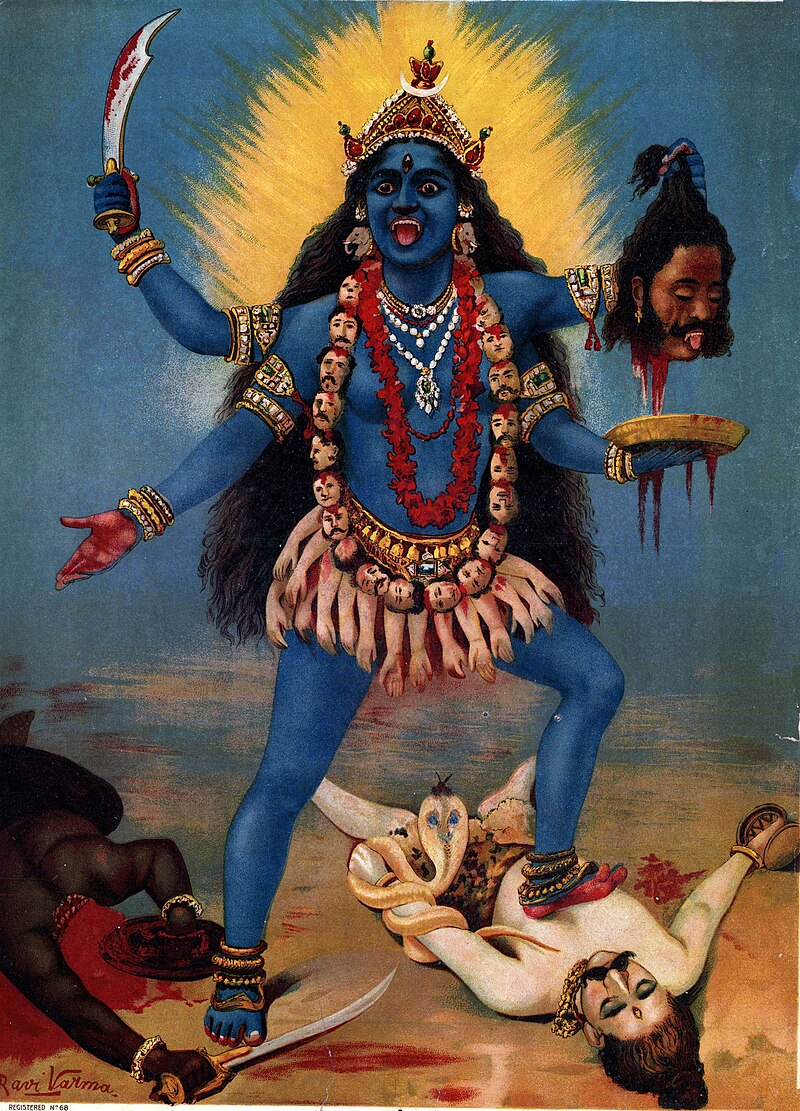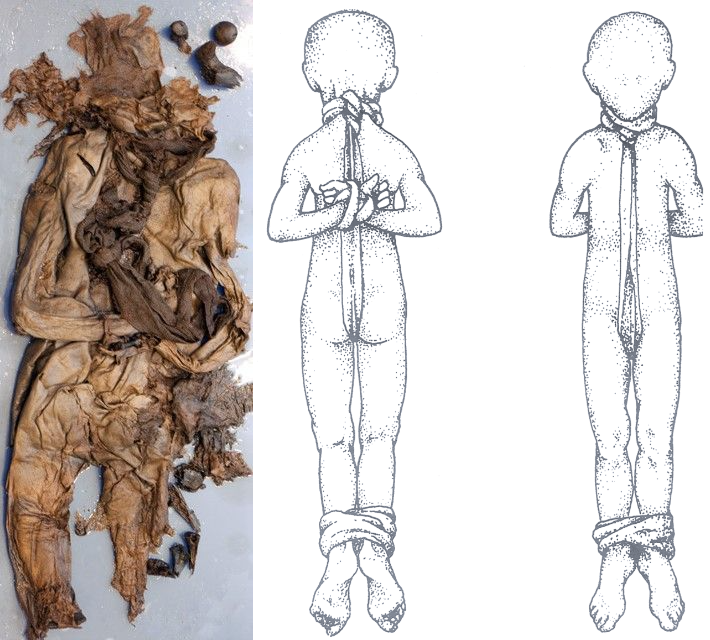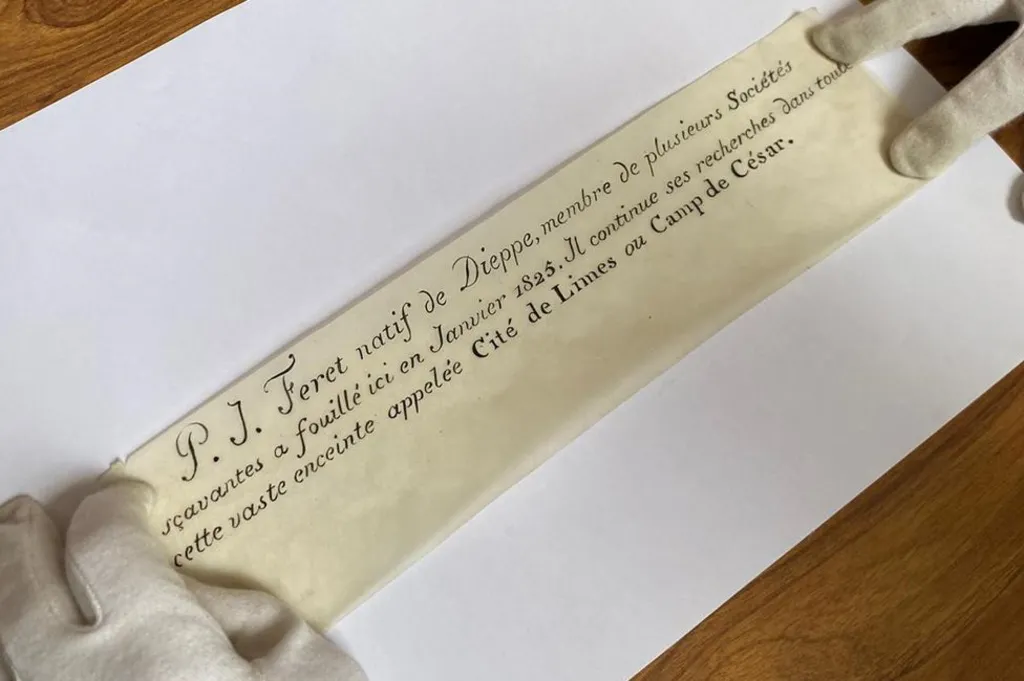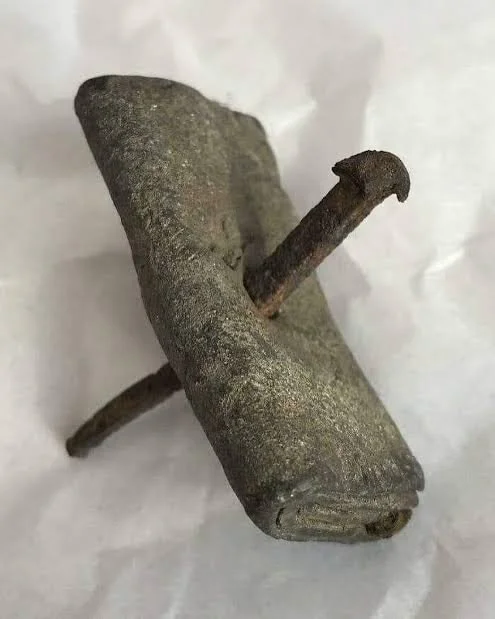Aspasia of Miletus, a name that resonates through the annals of history, stands as one of the most fascinating figures of ancient Greece. A woman of remarkable intellect, eloquence, and influence, Aspasia carved a niche for herself in a predominantly patriarchal society. Her life and legacy offer a captivating glimpse into the cultural and political dynamics of Athens during its Golden Age.
Early Life in Miletus
Aspasia was born around 470 BCE in Miletus, a prosperous city on the Ionian coast known for its intellectual and cultural vibrancy. Miletus, part of the Greek world, had a reputation for fostering philosophical thought and artistic expression, an environment that likely influenced Aspasia's formative years. As a non-Athenian, her foreign status would later play a significant role in her ability to navigate Athenian society in unconventional ways.
Arrival in Athens
Aspasia arrived in Athens in her early adulthood, during a time when the city was flourishing under the leadership of Pericles. Despite being a metic (a resident alien), Aspasia quickly established herself as a prominent intellectual figure. Her beauty, intelligence, and rhetorical skills drew the attention of Athens' elite, including Pericles, the influential statesman who would become her partner.
Relationship with Pericles
Aspasia's relationship with Pericles was both a personal and political partnership. Although they could not legally marry due to Aspasia’s foreign status, their union was widely recognized and deeply influential. Pericles’ association with Aspasia scandalized many Athenians, as she defied traditional roles assigned to women. She was a confidante and advisor to Pericles, and some even credited her with influencing his political decisions and speeches. Their home became a salon for philosophers, writers, and politicians, fostering intellectual exchange.
Contributions to Athenian Society
Aspasia's impact extended beyond her relationship with Pericles. She was reputed to be a teacher of rhetoric, instructing notable figures, including Socrates. Ancient sources suggest that her intellectual prowess and conversational skills were unparalleled. Though male historians of the time often portrayed her with bias, the accounts hint at her significant contributions to the cultural and intellectual life of Athens.
Aspasia also championed women's education and empowerment, an extraordinary stance in a society where women’s roles were largely confined to the domestic sphere. She inspired other women and men alike, challenging societal norms and encouraging open dialogue on pressing issues of the time.
Controversies and Criticism
Aspasia's prominence did not come without challenges. She was a polarizing figure, attracting both admiration and criticism. Comic poets and satirists of the era often targeted her, accusing her of corrupting Athenian morals and even implicating her in instigating wars. These accusations reflect the discomfort her independence and influence caused in a society unaccustomed to women occupying such roles.
Legacy
Despite the controversies, Aspasia’s legacy endures as a symbol of intellectual and social defiance. Her life sheds light on the possibilities for women in ancient Greece to transcend societal limitations. While much of her story is reconstructed from fragmented and biased sources, Aspasia remains a compelling figure whose contributions to Athens’ Golden Age continue to inspire.
Lessons from Aspasia’s Life
Aspasia's story underscores the importance of courage, intellect, and resilience. She navigated the complexities of Athenian society with grace and determination, leaving an indelible mark on history. Her life invites us to reexamine the role of women in shaping civilizations and to celebrate those who challenge norms to create a more inclusive world.
Aspasia of Miletus is more than a historical figure; she is a testament to the power of intellect and the enduring impact of those who dare to think and live differently. Her story continues to captivate and inspire, reminding us of the timeless value of knowledge, dialogue, and courage.



